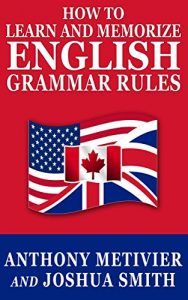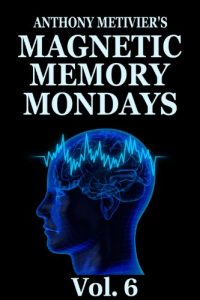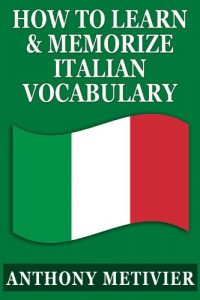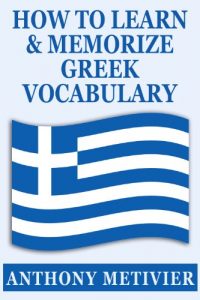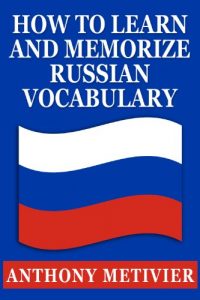Do you want entirely new ways to think about screenwriting in the genres, including exercises that will expand how you think about Horror, Science Fiction, Drama, Comedy, Zombies, Bromance and every other genre under the sun? If so, then here’s how you can improve your genre screenwriting and storytelling abilities by 100%, 200%, 300% or more.
Believe it or not, it doesn't matter how much you already know about writing for the genres.
Some of the tips inside this book include:
* How to show characters emoting as they undergo the process of consideration and decision so that your audience will feel deeply involved in the problem.
* How to trigger emotional states that your audience doesn’t even know they have.
* The correct uses of violence to stimulate empathy and create suspense in any genre so that your audiences “see” the emotional changes on the screen while feeling the squeezing of tragedy against their lungs and hearts.
* How to create a “structural undertow” so that your audience is pulled so far into the ocean of your story that they’ll never want to get back to the shore of boring movies that have been plaguing their lives like a shark.
* How to use the real virtues of writing to get words on the page without filling out endless index cards and taping one-sentence themes to your computer monitor.
* How to determine if your genre screenplay is a “cross-dresser.”
* The difference between the victim and the aggressor and how to twist these definitions for maximum suspense and a seat-gripping movie experience.
* Why “the poison that cures and the cure that poisons” is one of the best mythical elements that you can include in your script.
* When “who” is telling the story matters and why you shouldn’t worry about it.
* How to determine if your genre screenplay is a “cross-dresser.”
* The subtle “witch’s mole” principle and how to use it so that your bad guys strike terror into our hearts without being blatantly obvious about it so that your audience can see different shades of character in even the most evil of villains.
* The best kinds of music to write with so that the words come out fluidly and your characters feel different, speak differently and act differently.
* Roosevelt’s advice to screenwriters and how to “deploy” it in your genre screenwriting.
* And much, much more ...
The ideas shared in the Genre Frameworks Newsletter for Screenwriters have been used by real screenwriters of major blockbusters, summer sleepers and major international hits - whether they realize it or not. Genre Frameworks distills their mastery for you and is here to serve as your screenwriting coach-in-a-book.
Don't worry! None of the techniques in this book are rocket science.
Frankly, if you can watch a watch a movie, you … probably can’t write one. But with an understanding of the deep human needs you need to be able to satisfy through theme, imagery, archetype, characterization and an effectively structured plot, you definitely can tell stories that will be remembered.
But there's really no time to lose.
Every day that you are not using these ideas in your genre screenwriting, you are literally stealing from yourself the joy of writing a movie that will entertain audiences around the world.
Believe it or not, it doesn't matter how much you already know about writing for the genres.
Some of the tips inside this book include:
* How to show characters emoting as they undergo the process of consideration and decision so that your audience will feel deeply involved in the problem.
* How to trigger emotional states that your audience doesn’t even know they have.
* The correct uses of violence to stimulate empathy and create suspense in any genre so that your audiences “see” the emotional changes on the screen while feeling the squeezing of tragedy against their lungs and hearts.
* How to create a “structural undertow” so that your audience is pulled so far into the ocean of your story that they’ll never want to get back to the shore of boring movies that have been plaguing their lives like a shark.
* How to use the real virtues of writing to get words on the page without filling out endless index cards and taping one-sentence themes to your computer monitor.
* How to determine if your genre screenplay is a “cross-dresser.”
* The difference between the victim and the aggressor and how to twist these definitions for maximum suspense and a seat-gripping movie experience.
* Why “the poison that cures and the cure that poisons” is one of the best mythical elements that you can include in your script.
* When “who” is telling the story matters and why you shouldn’t worry about it.
* How to determine if your genre screenplay is a “cross-dresser.”
* The subtle “witch’s mole” principle and how to use it so that your bad guys strike terror into our hearts without being blatantly obvious about it so that your audience can see different shades of character in even the most evil of villains.
* The best kinds of music to write with so that the words come out fluidly and your characters feel different, speak differently and act differently.
* Roosevelt’s advice to screenwriters and how to “deploy” it in your genre screenwriting.
* And much, much more ...
The ideas shared in the Genre Frameworks Newsletter for Screenwriters have been used by real screenwriters of major blockbusters, summer sleepers and major international hits - whether they realize it or not. Genre Frameworks distills their mastery for you and is here to serve as your screenwriting coach-in-a-book.
Don't worry! None of the techniques in this book are rocket science.
Frankly, if you can watch a watch a movie, you … probably can’t write one. But with an understanding of the deep human needs you need to be able to satisfy through theme, imagery, archetype, characterization and an effectively structured plot, you definitely can tell stories that will be remembered.
But there's really no time to lose.
Every day that you are not using these ideas in your genre screenwriting, you are literally stealing from yourself the joy of writing a movie that will entertain audiences around the world.

